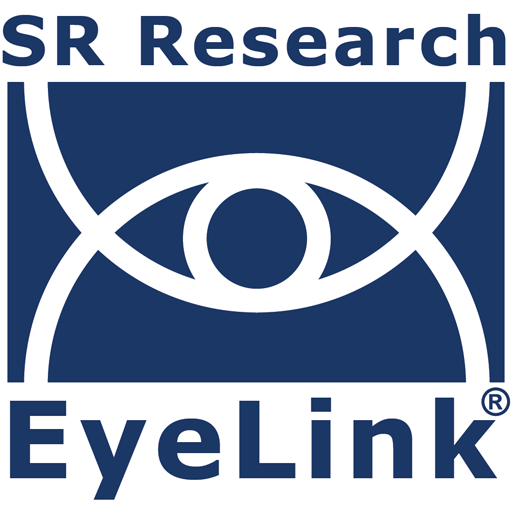CASE STUDY: Infant Visual Preferences and Adult Aesthetic Judgments for Natural Scene Edge Orientation Entropy

The relationship between visual preferences in infants and aesthetic judgments in adults is unclear. In a fascinating recent paper, “The edge orientation entropy of natural scenes is associated with infant visual preferences and adult aesthetic judgements,” McAdams et al. (2025) used eye tracking to explore this topic, focusing on whether infants’ visual preferences are influenced by the same image statistics that drive adult aesthetic responses. The paper explores the statistical property of “Edge Orientation Entropy” (EOE), which quantifies the randomness in the orientation of edges within an image. High EOE indicates a more even distribution of edge orientations (e.g., complex, ornate building façades), while low EOE suggests dominant orientations (e.g., simpler, modern architecture). The study hypothesized that both infants and adults would show a preference for images with higher EOE.
To test this, the researchers presented pairs of building façade images, ranging in EOE, to two groups: 26 infants aged 4-9 months and 29 adults. Eye movements were recorded with an SR Research EyeLink 1000 Plus eye tracker. The primary measure of visual preference for infants was their looking time, while adults provided pleasantness ratings and their looking time was also recorded.
Visual Preference Eye Tracking Methodology
Eye tracking proved to be an indispensable tool in this research, serving as the objective measure for quantifying visual preferences in both infants and adults. For infants, who cannot verbally express their preferences, eye tracking allowed researchers to precisely record their looking time at each stimulus. This technique is well-established in infant perception studies, where longer looking at one stimulus over another indicates a “visual preference” or sensory bias. Without eye tracking, it would be impossible to accurately measure these subtle but significant behavioral responses in such young participants.
The EyeLink1000 Plus system captured the total dwell time of all fixations within the areas of interest (the building façades). The detailed eye-movement data allowed for the exclusion of saccade time, ensuring that only periods of focused attention were considered in the looking time analysis. This precision is vital for drawing accurate conclusions about visual preferences.
For adult participants, while pleasantness ratings provided a direct measure of aesthetic judgment, eye tracking also provided a valuable behavioral correlate. The strong correlation found between infant looking time and adult looking time, as well as infant looking time and adult pleasantness ratings, highlights the consistency of these visual biases across developmental stages. This cross-modal validation (behavioral looking time and subjective ratings) strengthens the study’s conclusions.
Early Sensory Biases May Underlay Later Aesthetic Judgments
The eye-tracking data revealed compelling results:
- Infant-Adult Agreement: Infants looked longer at the building façades that adults rated as more pleasant and also looked longer at façades that adults looked longer at. This striking similarity suggests a shared sensory bias from early infancy.
- EOE as a Predictor: Both infant looking time and adult pleasantness ratings were strongly associated with EOE. Infants looked longer at façades with higher 1st-order and 2nd-order EOE, indicating a preference for more complex and varied edge orientations.
- Shared Variance: Commonality analysis, enabled by the precise measurements from eye tracking, showed a significant amount of shared variance among infant looking time, adult pleasantness ratings, and EOE. This underscores the contribution of these image statistics to visual processing and aesthetic judgments from a young age.
- EOE’s Dominance: Even when other image statistics were considered in multiple regression analyses, EOE remained the most significant predictor of both infant and adult responses.
These findings suggest that early sensory biases, specifically sensitivity to edge co-occurrence statistics typical of natural scenes and faces, may form the foundation for later aesthetic judgments. The study highlights the efficiency of the human visual system in processing stimuli with high EOE, possibly due to evolutionary adaptation. Furthermore, it contributes to our understanding of infant perception of complex stimuli, suggesting that infants are capable of processing a surprising level of visual complexity. The insights gained from this eye-tracking study can even inform design principles for infant-oriented materials, optimizing them for their visual abilities.
For information regarding how eye tracking can help your research, check out our solutions and product pages or contact us. We are happy to help!
